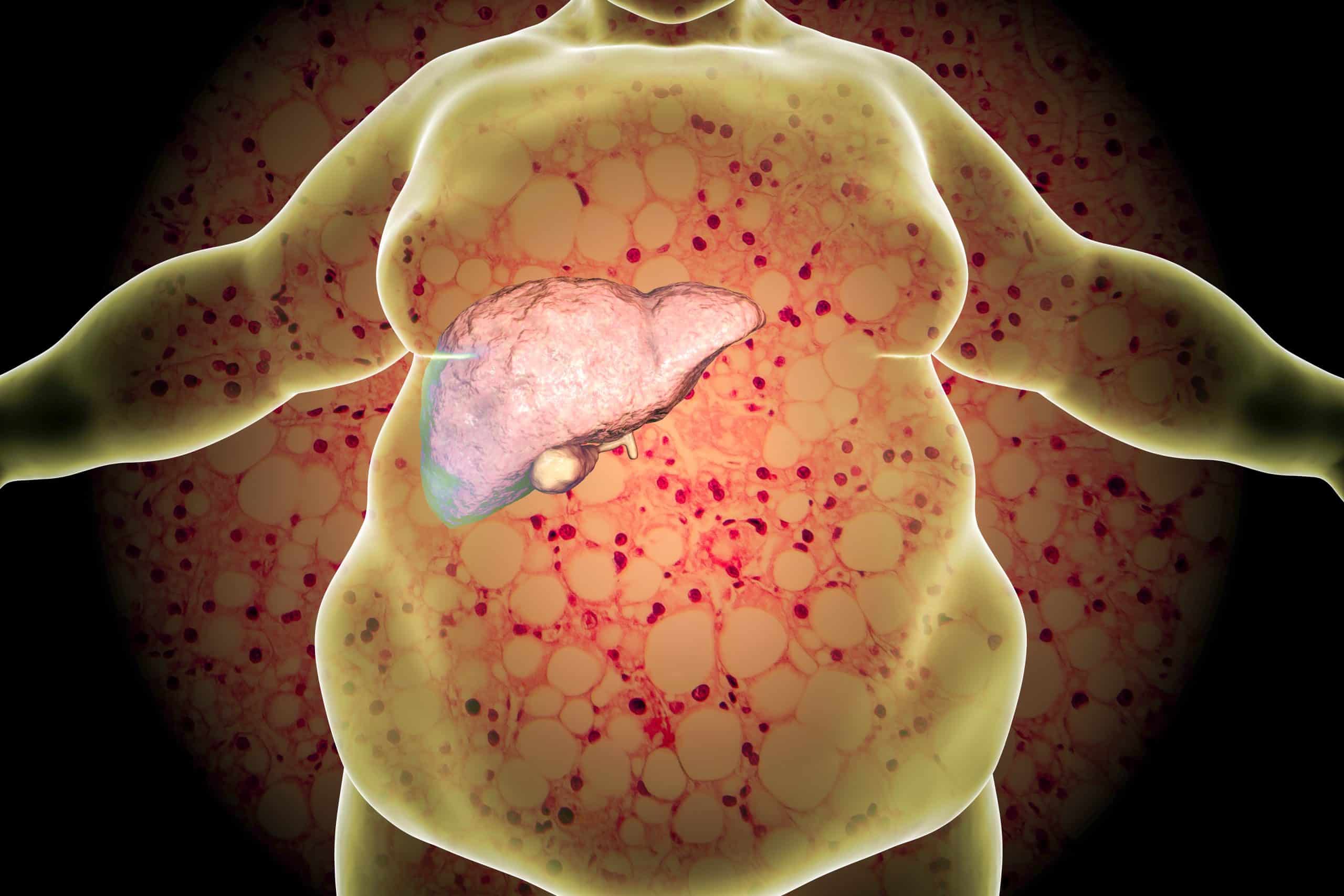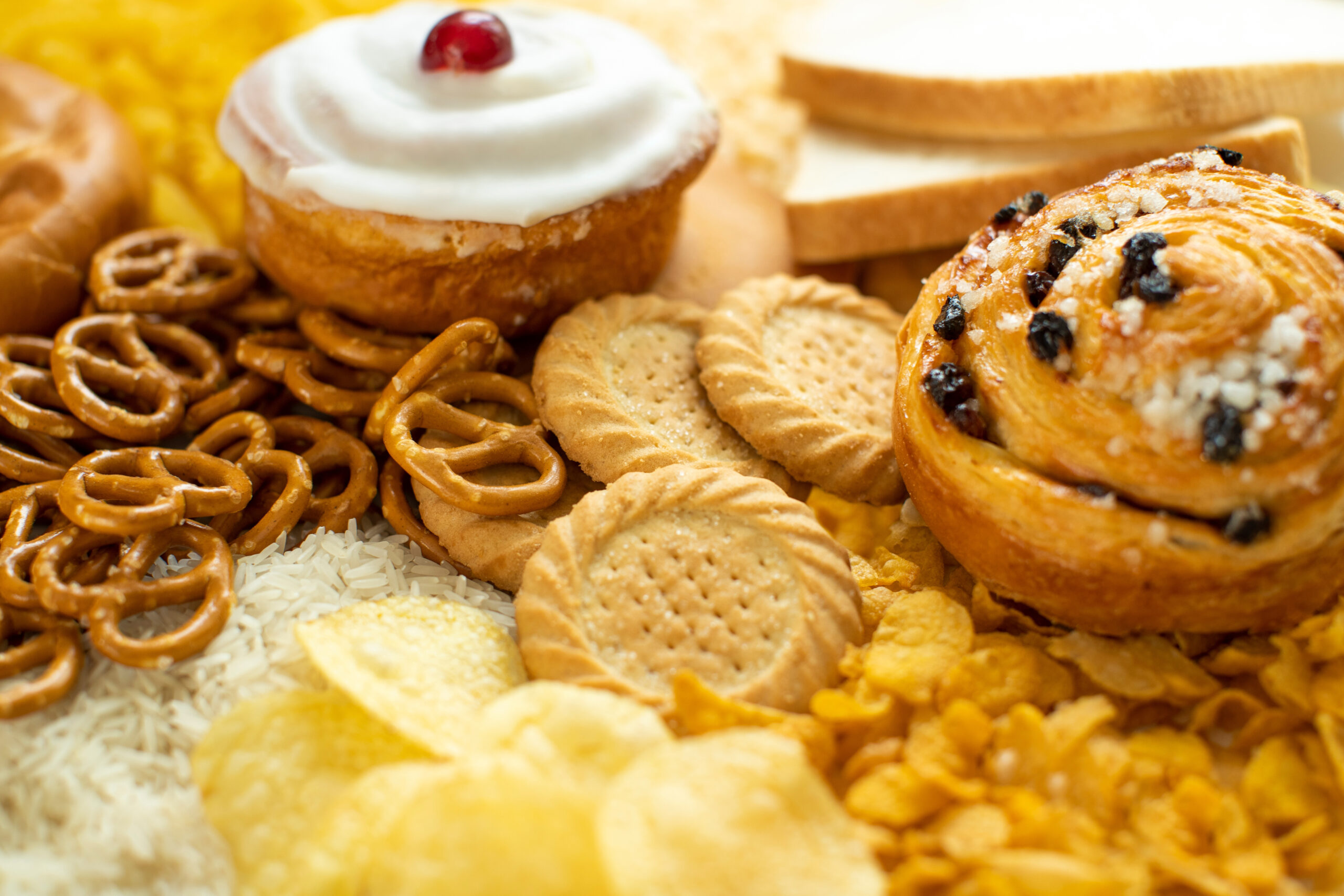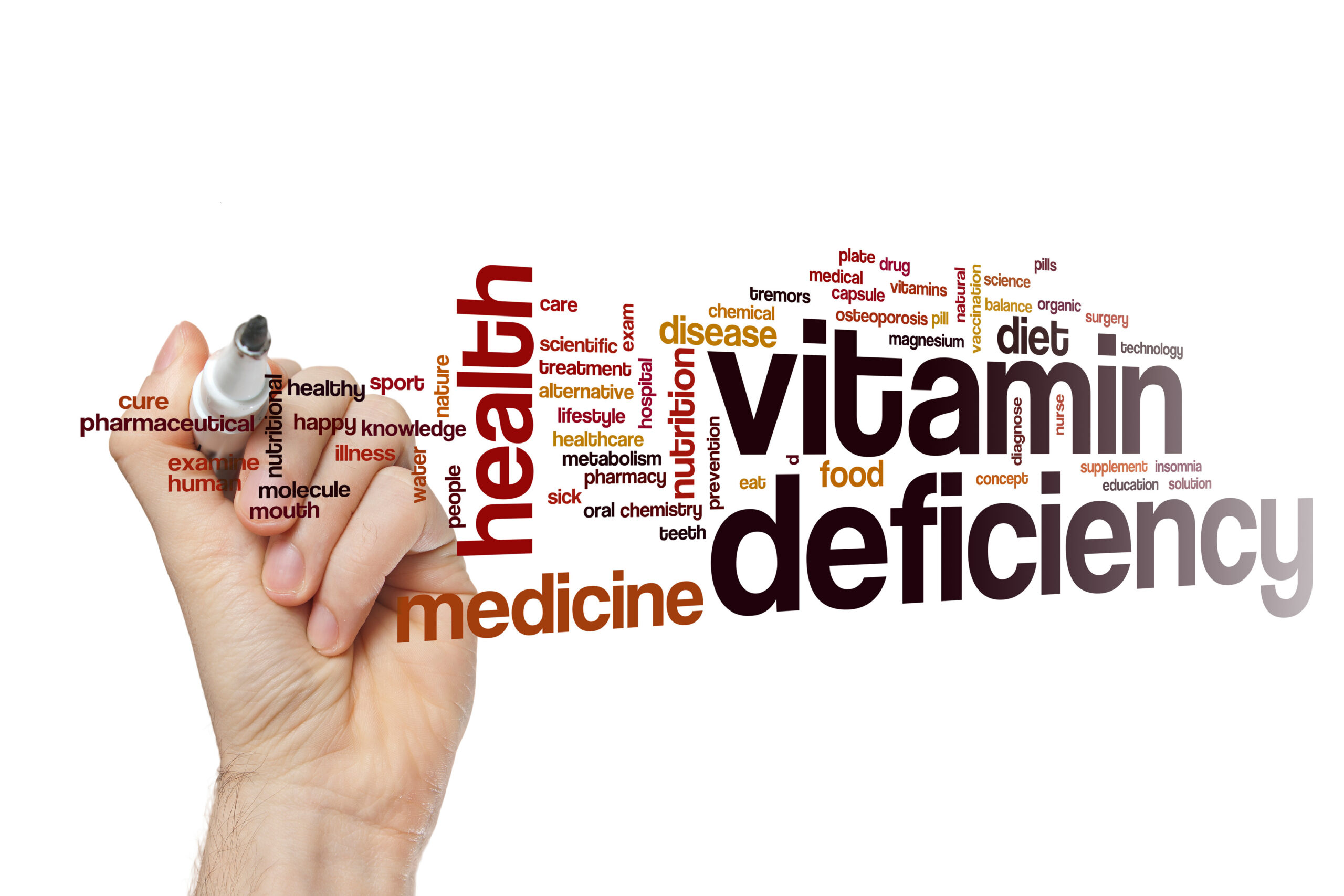What Causes Fatty Liver Disease – And How To Reverse It
What causes fatty liver disease and why is it so prevalent? Fatty liver disease is an excessive accumulation of fat within the liver cells, which eventually causes damage to the organ. Common causes of fatty liver disease include obesity, heavy alcohol consumption, and rapid weight loss. In some cases, there may be an underlying genetic condition that makes someone more prone to developing fatty liver disease.
Certain medications, such as steroids, can also increase the risk of developing fatty liver disease. Unhealthy dietary habits, such as eating processed foods also cause fatty liver disease. Finally, some viral infections may lead to the development of fatty liver disease.
Non-Alcoholic Fatty Liver Disease (NAFLD)
Non-alcoholic fatty liver disease (NAFLD) is an increasingly common medical condition, affecting about 25% of the world’s population. The number of people affected by NAFLD is set to rise further with the increasing rates of obesity, and metabolic syndrome. In fact, NAFLD is expected to be the number one cause of cirrhosis as well as the number one reason for a liver transplant within the next 10 years.1
In the United States, NAFLD is even more concerning, as it is estimated that this condition affects up to 40% of the population. However, many people may not recognize it due to a lack of obvious symptoms. In fact, many individuals are unaware they have a fatty liver until they undergo tests such as CT scans or ultrasounds for another health issue, or experience unexplained abdominal pain.
The lack of noticeable symptoms is a concerning factor, as it can greatly affect the diagnosis and treatment of this disorder. Early detection is vital when it comes to managing fatty liver disease and preventing further complications.2
Fatty Liver Disease And Inflammation
Fatty liver disease leads to inflammation. The accumulation of fat in the liver causes inflammation which can lead to further complications such as cirrhosis.3 Cirrhosis is a complication that occurs when scar tissue replaces healthy liver tissue due to long-term damage from inflammation.4 5
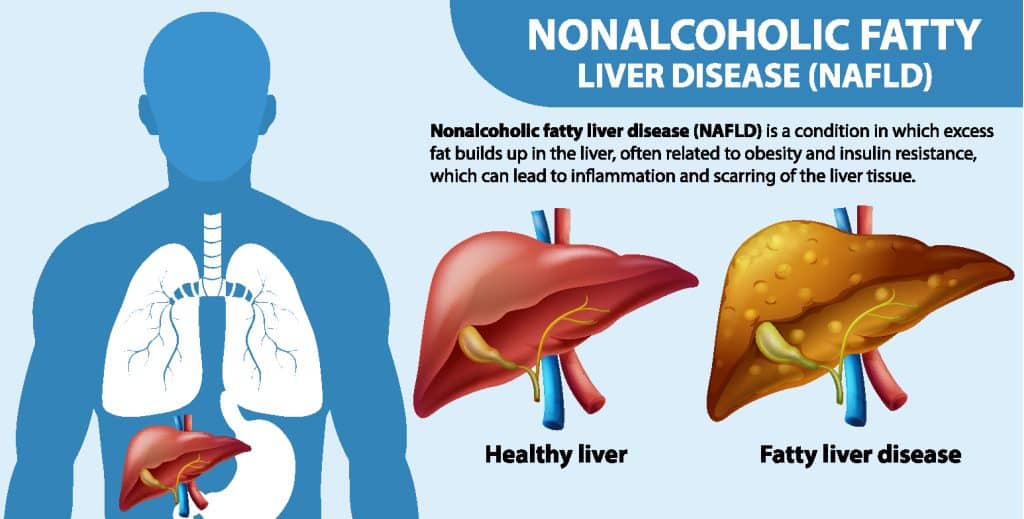
What Causes Fatty Liver Disease – Medications
Medications are a major cause of healthy liver deterioration and fatty liver disease. Common medications that can lead to NAFLD include corticoids, amiodarone, tetracyclines, and tamoxifen. Additionally, other medications that can contribute to a fatty liver include methotrexate, isoniazid, and anti-epileptic drugs.6 7 8
What Causes Fatty Liver Disease – Sugar And High Fructose Corn Syrup
Sugar and high fructose corn syrup (HFCS) causes fatty liver disease. Too much sugar in the diet can lead to an increase in fat in the liver.
High fructose corn syrup has been found to be particularly damaging to the liver because it contains a higher content of fructose than regular sugar. Fructose is converted to fat much more quickly in the body than other sugars, and can therefore contribute to fatty liver disease if consumed in excess.12
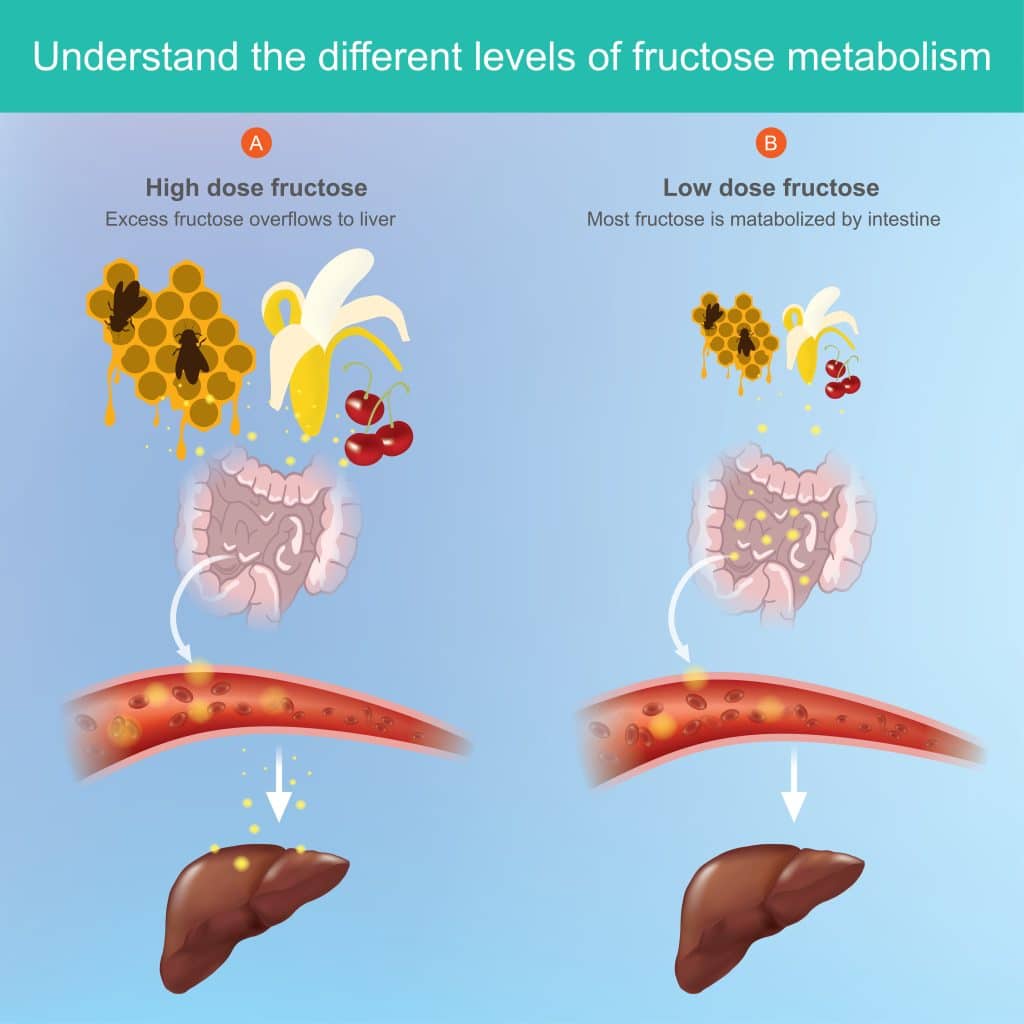
What Causes Fatty Liver Disease – Carbohydrates
Carbohydrates, especially those that are high in simple sugars and refined grains, can contribute to the development of fatty liver disease. Eating a diet that is rich in carbohydrates can lead to an increase in fat storage in the liver due to the body’s inability to process them properly.13
What Causes Fatty Liver Disease – Processed Foods
Eating processed foods causes fatty liver disease. These types of foods are often high in trans fats, simple sugars, and sodium. Eating these foods on a regular basis can lead to an increase in fat accumulation within the liver cells.
Additionally, many processed foods contain additives that can cause inflammation within the liver which further contributes to the development of fatty liver disease. It is important to avoid or limit the consumption of processed foods as much as possible in order to protect liver health and reduce the risk of developing this condition.14
What Causes Fatty Liver Disease – Artificial Sweeteners
The consumption of artificial sweeteners causes fatty liver disease. This is because artificial sweeteners alter the gut microbiome in a way that encourages fat storage in the liver. Additionally, some artificial sweeteners contain chemicals that may damage the liver directly, leading to fatty liver disease.15
Is There A Way To Treat NAFLD?
There are several steps you can take to treat and manage NAFLD. These include lifestyle modifications, medications, dietary changes, and supplements. While lifestyle changes have been shown to be effective in reversing NAFLD, the unfortunate reality is that most people aren’t willing to drastically modify their lifestyle.16
Lifestyle Modifications To Reverse NAFLD
Exercise is key in managing nonalcoholic fatty liver disease. Research has shown that regular aerobic exercise can reduce fat accumulation in the liver, improve metabolic health, and help with weight loss. It’s important to combine exercise with healthy eating habits in order to achieve the best results.17
Dietary Changes To Reverse NAFLD
Eating a healthy diet is key to managing NAFLD.18 Eating a balanced diet that focuses on fruits, vegetables, grass-fed meat, cold water, wild-caught fish high in omega-3 fatty acids, and grass-fed dairy can help you maintain your weight, as well as reduce fat accumulation in the liver.
Read more about eating a healthy diet.
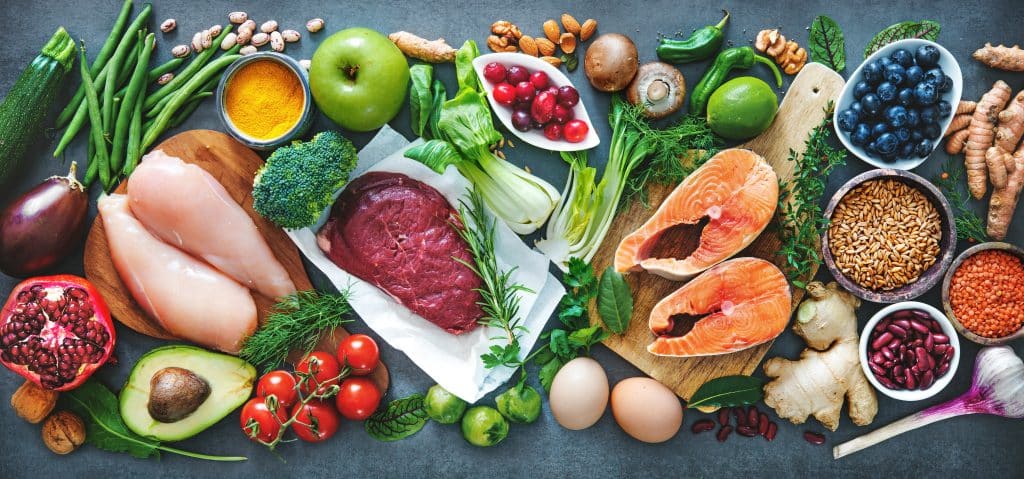
Supplements To Reverse NAFLD
Certain supplements are beneficial for managing NAFLD symptoms. For example, milk thistle and vitamin E are popular supplements for managing NAFLD due to their antioxidant properties.
NAFLD And Milk Thistle
Studies have found that milk thistle may help reduce many of the symptoms associated with NAFLD. Milk thistle is a plant that has been used in traditional medicine for centuries to treat liver and gallbladder problems. It contains active compounds called silymarin that research suggests can protect the liver from damage caused by toxins, as well as improve fat metabolism, and reduce inflammation.19
NAFLD And Vitamin E
In addition to lifestyle changes, research suggests taking a vitamin E supplement may be beneficial in managing NAFLD. Vitamin E is an antioxidant that helps protect cells from damage caused by free radicals. Studies have shown that it can reduce inflammation, improve insulin sensitivity, and lower liver fat levels in those with NAFLD.20
How To Treat Fatty Liver – Intermittent Fasting
Intermittent fasting is becoming increasingly popular as a way to help improve overall health, and it can be especially beneficial for those with fatty liver disease.21 Intermittent fasting involves alternating periods of eating and not eating. During the eating period, focus on eating a balanced diet full of organic, natural foods with a low glycemic index like grass-fed meat.
Studies have shown that intermittent fasting can improve several aspects of NAFLD, including reducing fat accumulation in the liver and improving insulin sensitivity. In one study, obese individuals with NAFLD underwent a 10-week intermittent fasting program. At the end of the study, participants experienced reductions in liver fat, inflammation markers, and cholesterol levels.22
Fasting helps reduce the amount of fat stored in the liver by breaking down the fat cells, allowing them to be used as energy. It also helps reduce inflammation in the body and can improve insulin resistance. Research has shown that fasting for up to 48 hours can help improve liver function and reduce fat deposits in the liver.23
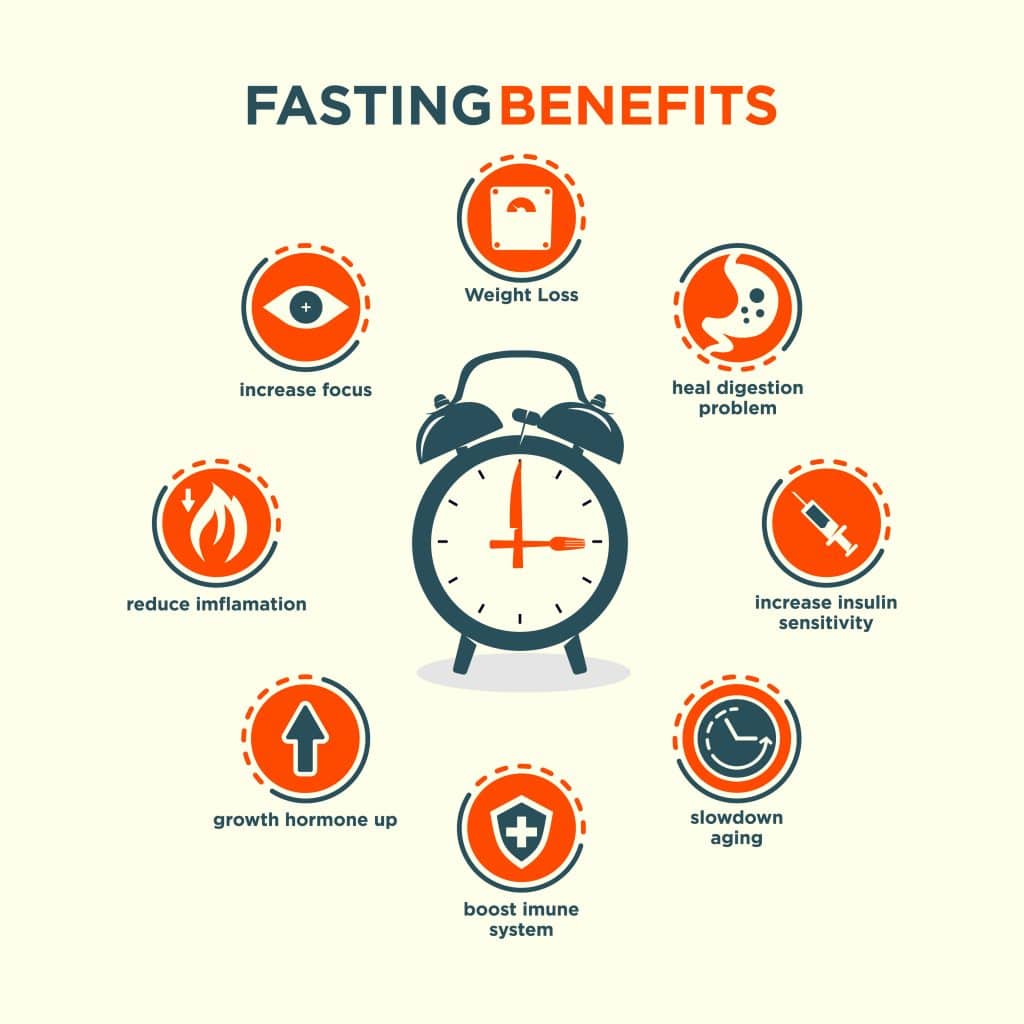
What Causes Fatty Liver Disease
Now that you know what causes fatty liver disease, mainly poor dietary and lifestyle choices, you can put an end to it by reversing the course. Since NAFLD can be treated by eating properly, exercising, and fasting, the solution is in your hands. Remember, if left untreated, fatty liver disease can lead to more serious complications such as cirrhosis.
References
1 Maurice J, Manousou P. Non-alcoholic fatty liver disease. Clin Med (Lond). 2018 Jun;18(3):245-250. doi: 10.7861/clinmedicine.18-3-245. PMID: 29858436; PMCID: PMC6334080.
2 Armand, W., MD. (2020). Fatty liver disease: What it is and what to do about it. Harvard Health. https://www.health.harvard.edu/blog/fatty-liver-disease-what-it-is-and-what-to-do-about-it-2019011015746
3 Petrescu M, Vlaicu SI, Ciumărnean L, Milaciu MV, Mărginean C, Florea M, Vesa ȘC, Popa M. Chronic Inflammation-A Link between Nonalcoholic Fatty Liver Disease (NAFLD) and Dysfunctional Adipose Tissue. Medicina (Kaunas). 2022 May 6;58(5):641. doi: 10.3390/medicina58050641. PMID: 35630058; PMCID: PMC9147364.
4 Yang YM, Kim SY, Seki E. Inflammation and Liver Cancer: Molecular Mechanisms and Therapeutic Targets. Semin Liver Dis. 2019 Feb;39(1):26-42. doi: 10.1055/s-0038-1676806. Epub 2019 Jan 17. PMID: 30809789; PMCID: PMC6616367.
5 Loomba R, Wong R, Fraysse J, Shreay S, Li S, Harrison S, Gordon SC. Nonalcoholic fatty liver disease progression rates to cirrhosis and progression of cirrhosis to decompensation and mortality: a real world analysis of Medicare data. Aliment Pharmacol Ther. 2020 Jun;51(11):1149-1159. doi: 10.1111/apt.15679. Epub 2020 May 5. PMID: 32372515.
6 LiverTox: Clinical and Research Information on Drug-Induced Liver Injury [Internet]. Bethesda (MD): National Institute of Diabetes and Digestive and Kidney Diseases; 2012-. Nonalcoholic Fatty Liver. [Updated 2019 May 4]. Available from: https://www.ncbi.nlm.nih.gov/books/NBK547860/
7 Woods CP, Hazlehurst JM, Tomlinson JW. Glucocorticoids and non-alcoholic fatty liver disease. J Steroid Biochem Mol Biol. 2015 Nov;154:94-103. doi: 10.1016/j.jsbmb.2015.07.020. Epub 2015 Aug 1. PMID: 26241028.
8 Sakthiswary R, Chan GY, Koh ET, Leong KP, Thong BY. Methotrexate-associated nonalcoholic fatty liver disease with transaminitis in rheumatoid arthritis. ScientificWorldJournal. 2014;2014:823763. doi: 10.1155/2014/823763. Epub 2014 May 28. PMID: 24971392; PMCID: PMC4058155.
9 Pouwels S, Sakran N, Graham Y, Leal A, Pintar T, Yang W, Kassir R, Singhal R, Mahawar K, Ramnarain D. Non-alcoholic fatty liver disease (NAFLD): a review of pathophysiology, clinical management and effects of weight loss. BMC Endocr Disord. 2022 Mar 14;22(1):63. doi: 10.1186/s12902-022-00980-1. PMID: 35287643; PMCID: PMC8919523.
10 Younossi ZM, Golabi P, de Avila L, Paik JM, Srishord M, Fukui N, Qiu Y, Burns L, Afendy A, Nader F. The global epidemiology of NAFLD and NASH in patients with type 2 diabetes: A systematic review and meta-analysis. J Hepatol. 2019 Oct;71(4):793-801. doi: 10.1016/j.jhep.2019.06.021. Epub 2019 Jul 4. PMID: 31279902.
11 Polyzos SA, Kountouras J, Mantzoros CS. Obesity and nonalcoholic fatty liver disease: From pathophysiology to therapeutics. Metabolism. 2019 Mar;92:82-97. doi: 10.1016/j.metabol.2018.11.014. Epub 2018 Nov 29. PMID: 30502373.
12 Jensen T, Abdelmalek MF, Sullivan S, Nadeau KJ, Green M, Roncal C, Nakagawa T, Kuwabara M, Sato Y, Kang DH, Tolan DR, Sanchez-Lozada LG, Rosen HR, Lanaspa MA, Diehl AM, Johnson RJ. Fructose and sugar: A major mediator of non-alcoholic fatty liver disease. J Hepatol. 2018 May;68(5):1063-1075. doi: 10.1016/j.jhep.2018.01.019. Epub 2018 Feb 2. PMID: 29408694; PMCID: PMC5893377.
13 Yki-Järvinen H, Luukkonen PK, Hodson L, Moore JB. Dietary carbohydrates and fats in nonalcoholic fatty liver disease. Nat Rev Gastroenterol Hepatol. 2021 Nov;18(11):770-786. doi: 10.1038/s41575-021-00472-y. Epub 2021 Jul 13. PMID: 34257427.
14 Zhang S, Gan S, Zhang Q, Liu L, Meng G, Yao Z, Wu H, Gu Y, Wang Y, Zhang T, Wang X, Sun S, Wang X, Zhou M, Jia Q, Song K, Qi L, Niu K. Ultra-processed food consumption and the risk of non-alcoholic fatty liver disease in the Tianjin Chronic Low-grade Systemic Inflammation and Health Cohort Study. Int J Epidemiol. 2022 Feb 18;51(1):237-249. doi: 10.1093/ije/dyab174. PMID: 34528679.
15 Emamat H, Ghalandari H, Tangestani H, Abdollahi A, Hekmatdoost A. Artificial sweeteners are related to non-alcoholic fatty liver disease: Microbiota dysbiosis as a novel potential mechanism. EXCLI J. 2020 May 12;19:620-626. doi: 10.17179/excli2020-1226. PMID: 32483408; PMCID: PMC7257251.
16 Salomone F, Godos J, Zelber-Sagi S. Natural antioxidants for non-alcoholic fatty liver disease: molecular targets and clinical perspectives. Liver Int. 2016 Jan;36(1):5-20. doi: 10.1111/liv.12975. Epub 2015 Nov 5. PMID: 26436447.
17 van der Windt DJ, Sud V, Zhang H, Tsung A, Huang H. The Effects of Physical Exercise on Fatty Liver Disease. Gene Expr. 2018 May 18;18(2):89-101. doi: 10.3727/105221617X15124844266408. Epub 2017 Dec 6. PMID: 29212576; PMCID: PMC5954622.
18 Houttu V, Csader S, Nieuwdorp M, Holleboom AG, Schwab U. Dietary Interventions in Patients With Non-alcoholic Fatty Liver Disease: A Systematic Review and Meta-Analysis. Front Nutr. 2021 Jul 22;8:716783. doi: 10.3389/fnut.2021.716783. PMID: 34368214; PMCID: PMC8339374.
19 Mulrow C, Lawrence V, Jacobs B, et al. Milk Thistle: Effects on Liver Disease and Cirrhosis and Clinical Adverse Effects: Summary. 2000. In: AHRQ Evidence Report Summaries. Rockville (MD): Agency for Healthcare Research and Quality (US); 1998-2005. 21. Available from: https://www.ncbi.nlm.nih.gov/books/NBK11896/
20 Perumpail BJ, Li AA, John N, Sallam S, Shah ND, Kwong W, Cholankeril G, Kim D, Ahmed A. The Role of Vitamin E in the Treatment of NAFLD. Diseases. 2018 Sep 24;6(4):86. doi: 10.3390/diseases6040086. PMID: 30249972; PMCID: PMC6313719.
21 Ezpeleta M, Gabel K, Cienfuegos S, Kalam F, Lin S, Pavlou V, Song Z, Haus JM, Koppe S, Alexandria SJ, Tussing-Humphreys L, Varady KA. Effect of alternate day fasting combined with aerobic exercise on non-alcoholic fatty liver disease: A randomized controlled trial. Cell Metab. 2023 Jan 3;35(1):56-70.e3. doi: 10.1016/j.cmet.2022.12.001. Epub 2022 Dec 21. PMID: 36549296; PMCID: PMC9812925.
22 Albosta M, Bakke J. Intermittent fasting: is there a role in the treatment of diabetes? A review of the literature and guide for primary care physicians. Clin Diabetes Endocrinol. 2021 Feb 3;7(1):3. doi: 10.1186/s40842-020-00116-1. PMID: 33531076; PMCID: PMC7856758.
23 De Cabo R and Mattson MP. Effects of intermittent fasting on health, aging, and disease. New England Journal of Medicine. 2019;381(26):2541-2551. doi: 10.1056/NEJMra1905136.
24 The Endocrine Society. (2022, December 14). Intermittent fasting may reverse type 2 diabetes, according to study: Study finds people with diabetes who fast intermittently may no longer need medication. ScienceDaily. Retrieved April 19, 2023 from www.sciencedaily.com/releases/2022/12/221214092433.htm

